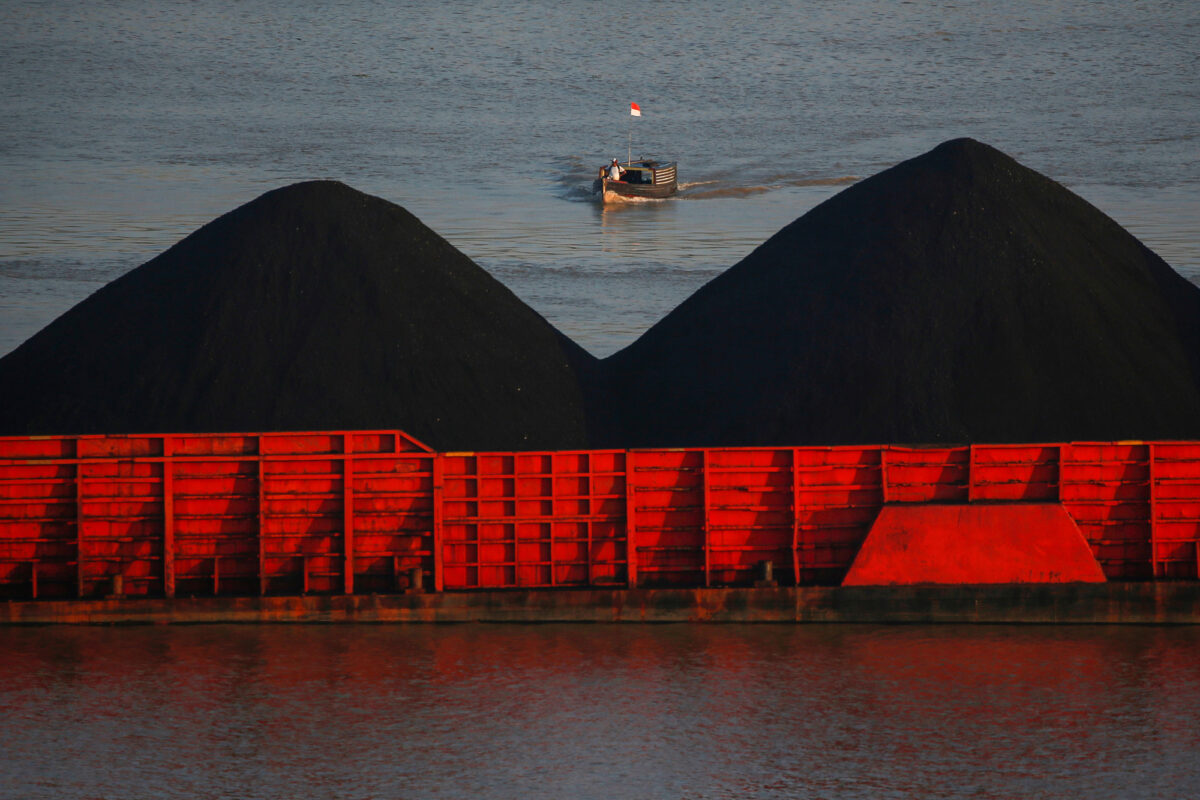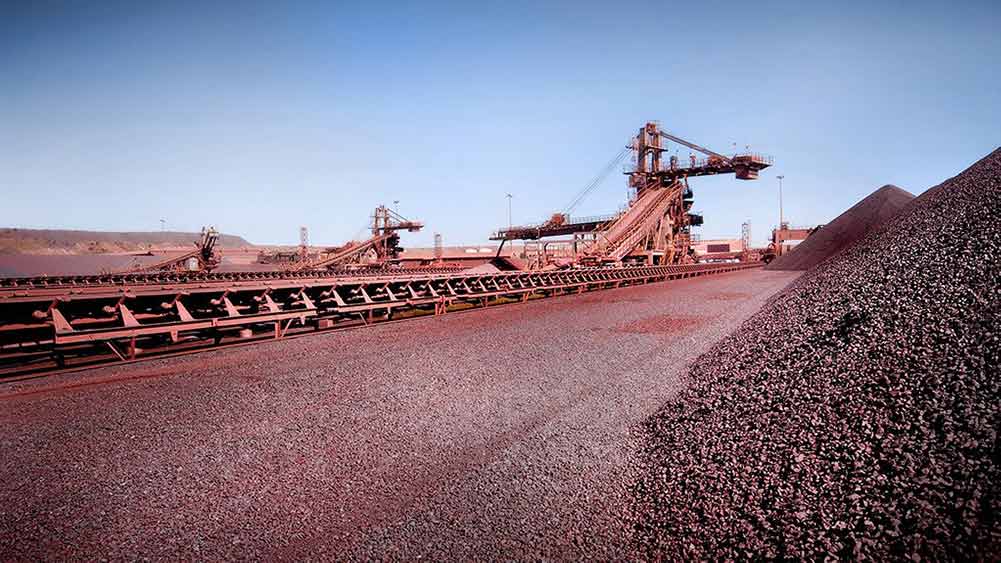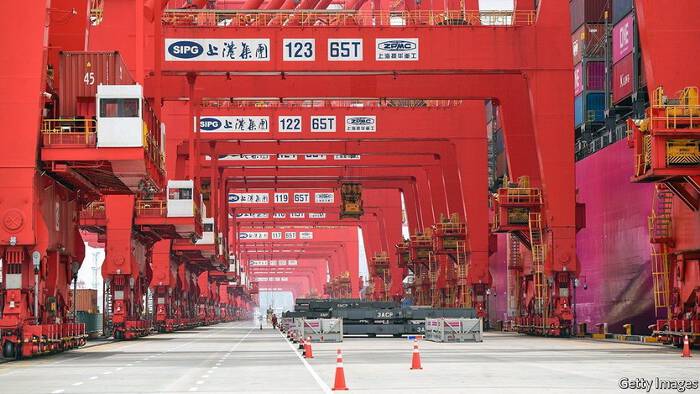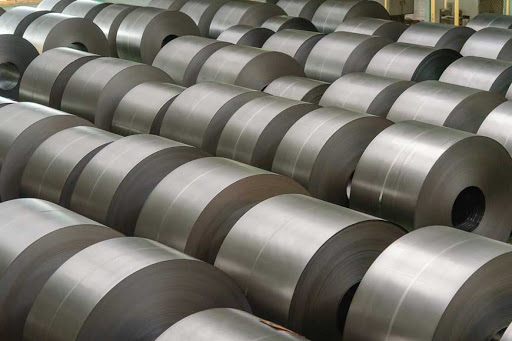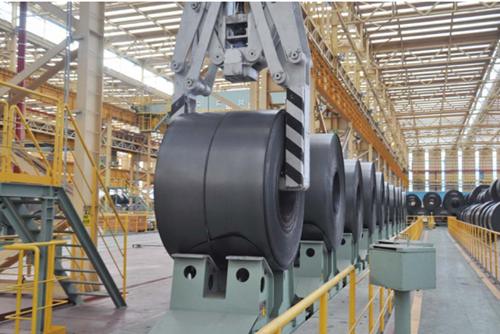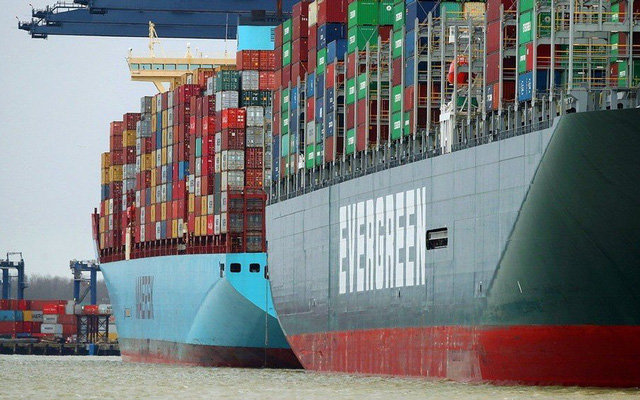Iron ore prices have fallen for the fifth consecutive week on concerns about weakening demand for raw materials from China following the country’s tightening of steel production restrictions and the deepening of the liquidity crisis in China’s real estate sector. important.
Iron ore for January term on Dalian bourse on 11/12 session fell 1.6% from the previous session, down to 546.5 yuan ($85.48)/ton, down nearly 3% for the whole week.
In other markets, iron ore prices also fell simultaneously. Accordingly, the price of iron ore for December futures on the Singapore Exchange in the same session fell 4.2% to 88.65 USD/ton, for the whole week it also lost 3.1%.
Iron ore (62% content) spot imports at China’s seaports plunged to an 18-month low of $90 a tonne on 11/11, down nearly 5% this week, according to company data. consulting firm SteelHome.
Traders are cautious even though China’s real estate development company, China Evergrande Group, recently paid off a bond debt, traders remain cautious as investors remain cautious. Analysts predict China will stick to its policy of limiting excessive borrowing by property developers even as the country makes financial adjustments to help homebuyers and meet “reasonable” demand. ” in the context of industry-wide liquidity downturn. The real estate crisis in China is expected to reduce steel demand in this market. The real estate industry accounts for about a quarter of domestic steel demand in China, the world’s top steel producer.
On November 12, the price of rebar on the Shanghai trading floor fell 1.5%, after gaining 5% in the previous session, while hot rolled coil decreased by 0.7% and stainless steel decreased by 0.2%.
Coal prices ended the week down as well, following the trend of iron and steel prices, with Dalian coking coal down 4.9%, while coke fell 2.9% from the previous session.
China’s coal futures prices have just experienced their longest losing streak since 2015, after Beijing attempted to cool the coal market by increasing output and adjusting prices to ease power shortages.
However, although coal prices fell, they remained at a high level because the supply of this commodity was still scarce, especially the supply of real goods, reflected in the fact that the spot price of coke futures was about 1,100 yuan / ton higher than the price of coke futures. against next year’s January delivery, while spot coking coal is about a few hundred yuan higher than January 2021, data from Huatai Futures shows. Therefore, the current steel production cost is still very high, affecting the Chinese steel price.
“We believe strong heating demand and a resurgence in coal-fired power plants could be the reasons for this price rally, following a plunge from historic highs,” the analysts said. ANZ analyst said.
However, the Chinese government is committed to reducing prices, including the possibility of imposing a price ceiling that could cause coal to fall.
ANZ analysts say that if China keeps daily domestic production in the range of 11.5 to 12 million tonnes, coupled with monthly imports between 20 and 25 million tonnes, it will be enough to meet coal demand for the season. this winter.
However, other analysts warn of the possibility of more volatility in the coal market, depending on government controls.
“For example, requiring coal mines to dedicate a certain part of their output to power plants at a price below the market price will cause the supply of coal in the market to decrease, then, if the winter is colder, normal and heating demand exceeded expectations, another hot price increase like the last one is very likely,” said Alex Whitworth, head of the Asia Pacific Institute of Energy and Renewable Energy. Wood Mackenzie’s Duong said.
China’s major power plants have direct connections to the national rail network – thermal coal reserves equal 19.1 days of use, as of the end of October, up 5.1 days from a month ago There, Chinese media quoted China Railway Corporation as saying.
The railway group shipped 122 million tons of thermal coal in October 2021, 25% higher than a year earlier and 21% more than in September 2021, the Shanghai government’s Paper reported.
Output in the key mining area of Ordos rose 15% in October from the previous month, to 2.23 million tonnes per day, according to the China Coal Transport and Distribution Association. Coal production has exceeded power plant consumption for 25 consecutive days, the association said, and inventories have risen 36% since the end of September.
However, most parts of China are expected to experience colder-than-normal temperatures through mid-November, which will drive increased demand for electricity and heating energy.
Coal prices in China have increased sharply this year due to the cessation of Australian coal imports and the skyrocketing price of natural gas globally. The skyrocketing coal price has forced many coal power plants in China to declare a temporary shutdown for “maintenance” but actually to limit losses, causing electricity shortages to erupt. Coal power accounts for more than 60% of the total electricity supply in China.
T&G International Joint Stock Company
Address: 352 Hue Street, Le Dai Hanh Ward, Hai Ba Trung District, Hanoi
Hotline: 0345786803
Email: hrm@tginterjsc.com
Website: http://tginternationaljsc.com



